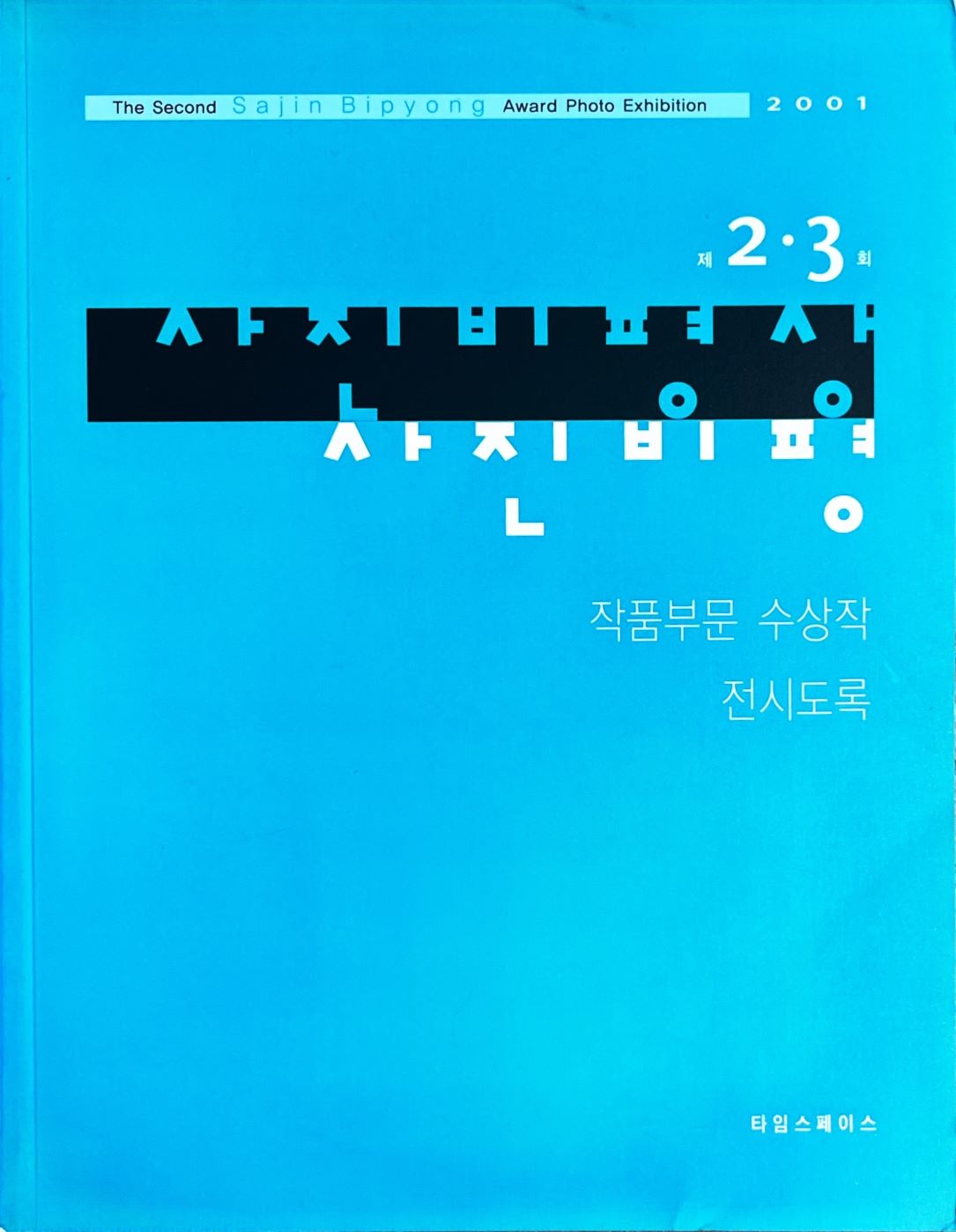
Inaugural Photo Exhibition, Brochure, MMCA Art Research Center Collection
Hanmadang Gallery
* Source: Multilingual Glossary of Korean Art. Korea Arts Management Service
Related
-

Sookmihoe
A photography club at Sookmyung Women’s University, Sookmihoe started from a photography class in 1961 and gained its current name in the following year. It began as the first women’s photography organization in Korean at a time when it was not easy for women to learn photography professionally, go out for taking photographs, and publish their works. Sookmihoe has continued until today for seventy years. It has held more than fifty regular exhibitions, including the first and second one at the Korean Information Service in 1961, alumni exhibitions, and exhibitions for new photographers. By doing so, it spread the culture of women’s photography. Sookmihoe was founded earlier than other photography clubs at universities and contributed to the development of Korean photography by fostering female photographers and producing winners of prominent national and international photography awards. Among the photographers from Sookmihoe are Park Youngsook, Kim Theresa, and Song Youngsook. From September 21 through November 3 in 2013, the exhibition on materials related to Sookmihoe in celebration of its fiftieth anniversary was held at Museum Hanmi. At the time, archival materials regarding Sookmihoe were introduced, and oral interviews with relevant individuals were also conducted.
-

Contemporary photography
Contemporary photography differs from a modernist approach to photography that highlighted the technical qualities of the image. Robert Frank’s photograph collection The American published in 1959, is considered a turning point in indicating a new style based on idiosyncratically cropped images and unusual focus. Contemporary photography became prevalent when conceptual art emerged between the 1960s and the 1970s. The New Wave of the Photography exhibition, which opened at the Walker Hill Art Center in Seoul on May 18th, 1988, is considered as marking the starting point of Korean contemporary photography. The Horizon of Korean Photography exhibition at the Total Museum of Contemporary Art in Jangheung, Gyeonggi-do in November 1991 provided a further turning point. The founding of galleries specializing in photography, including the Timespace, Pine Hill Gallery, and Hanmadang Gallery, has also contributed greatly to the popularity of contemporary photography in Korea. Over the last 30 years, many foreign-educated photographers like Koo Bohnchang, Kim Daesoo, Lee Juyong, Lim Youngkyun, Han Okran, and Choi Kwangho have returned to Korea and released works reflecting new trends in the medium and further enhancing its national status as a contemporary art form.
Find More
-

Pine Hill Gallery
Pine Hill Gallery, specializing in photography, opened in February 1981 in Gwancheol-dong, Jongro-gu, Seoul. The architect Cho Sung-lyul served as president. At the time of its opening, it was named Grand Bear Gallery, but it was renamed in December 1982. After expanding its exhibition space, the gallery reopened in March 1991 in the same location. It closed in October 1995. It had a floor space of 1,423 sq ft, and its exhibitions were held through portfolio review by the advisory committee and without receiving any venue rental fee. Lee Gyeongmo, Lee Myeongdong, and Hong Soontai served as members of the advisory committee. In the early years of its operation, the gallery hosted several exhibitions on architectural photography. Later, it functioned as a major platform addressing Korean art photography in the 1980s by actively holding solo exhibitions of renowned Korean artists and publishing its own newsletters. Solo exhibitions held in its early years include Nostalgia for Park Youngsook in 1982, Seoul for Koo Bohnchang in 1983, and Exhibition of Photographs by Song Young Sook in 1984. The Pine Hill Gallery carries significance in that it introduced works in the art photography field and held solo exhibitions of noted photographers in the 1980s when photography exhibitions were not held at national and public art museums.
-

Timespace
Timespace was a photography complex that was opened in June 1984 in Seongsan-dong, Seodaemun-gu, Seoul by Im Hyang-ja, a photographer who studied in Japan, and her husband and photography theorist Kim Seung-gon. In the early 1990s it moved to Chungmu-ro in Jung-gu, Seoul and ran a photography agency and gallery. In commemoration of its opening, Timespace held the special exhibition Ansel Adams that featured original prints by the American modernist photographer Ansel Adams for the first time in South Korea. Moreover, it endeavored to facilitate exchanges of photography cultures between Korea and Japan by holding exhibitions introducing major artists in Japanese photography history, including Fujii Hideki (1934–2010), Kuwabara Shisei (1936–), and Maeda Shinzō (1922–1998). Timespace is considered to have contributed to the development and expansion of Korean photography in multifaceted ways by exhibiting works by domestic and international photographers, offering an opportunity for young photographers to present their works and portfolios, hosting photography research gatherings, and publishing its own newsletters in the 1980s when spaces specializing in photography began to emerge in South Korea.






